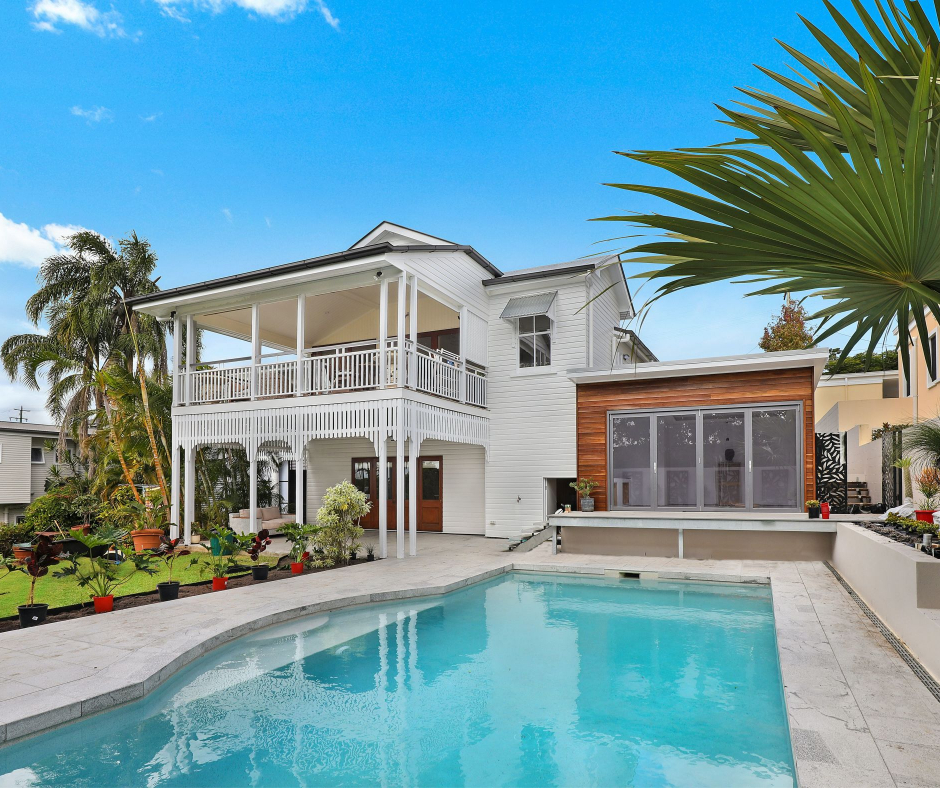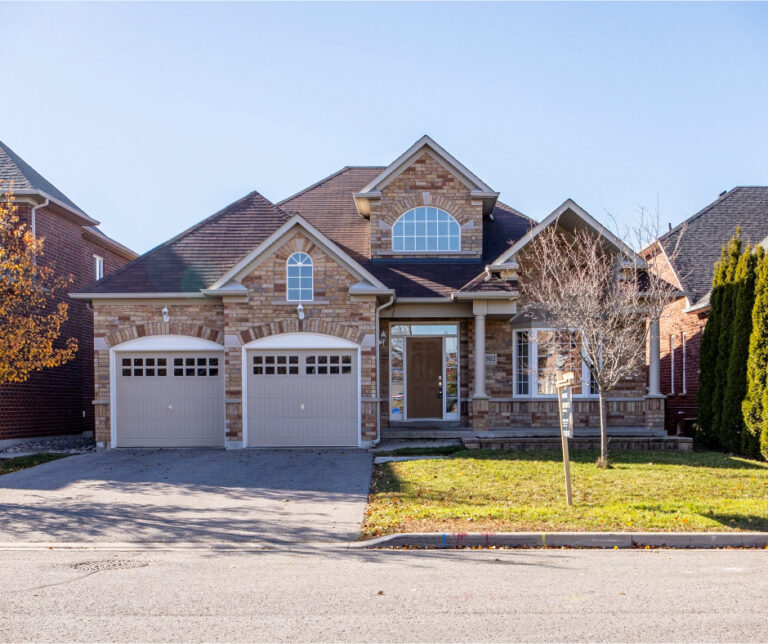What is a Mortgage Rate Buydown

This guide covers the frequently asked question of what is a mortgage rate buydown. Consider a mortgage rate buydown option to reduce monthly mortgage payments and save on interest expenses. A mortgage rate buydown is a home loan financing technique that allows you to pay a lower interest rate for a certain period, usually at the beginning of the loan term. A buydown can help you qualify for a larger loan amount, afford a more expensive home, or reduce your housing expenses. This blog will explain a mortgage rate buydown, how it differs from other mortgage discounts, and what benefits and drawbacks it offers home buyers and sellers.
How Does a Mortgage Rate Buydown Work?
A buydown is a type of mortgage discount that involves paying an extra fee upfront to lower the interest rate on the loan for a specified period. The borrower, the seller, or a third party, such as an employer or a builder, can pay the fee. Typically, the fee is stated as a percentage of the loan amount or represented in points, with each point equivalent to 1% of the loan amount.
Types of Mortgage Rate Buydown
There are two main types of buydowns: permanent and temporary. A permanent buydown reduces the interest rate for the loan’s entire life. Mortgage rates are at twenty-year highs. Mortgage rate buydowns are becoming common for sellers to offer homebuyers as an incentive.
A temporary buydown reduces the interest rate for a limited period, usually one to three years. After that, the interest rate reverts to the original rate or adjusts according to the loan terms.
A common example of a temporary buydown is a 2-1 buydown. In this case, the interest rate is reduced by two percentage points in the first year and by one percentage point in the second year. Mortgage rate buydown offers less of a payment shock for homebuyers during high inflation and skyrocketing mortgage rates.
Case Scenario on How Mortgage Rate Buydown Works
For example, if the market interest rate is 5%, a 2-1 buydown would lower it to 3% in the first year and 4% in the second year. The interest rate would be 5% in the third year and beyond. Another example of a temporary buydown is a 3-2-1 buydown. In this case, the interest rate is reduced by three percentage points in the first year, two in the second year, and one in the third year. For example, if the market interest rate is 5%, a 3-2-1 buydown would lower it to 2% in the first year, 3% in the second year, and 4% in the third year. The interest rate would be 5% in the fourth year and beyond.
How Does a Mortgage Rate Buydown Work?
A buydown creates an escrow account that holds the extra fee the borrower, seller, or third party pays. The escrow account then subsidizes the borrower’s monthly payments during the buydown period. The lender receives the full payment amount each month, but part of it comes from the escrow account, and part of it comes from the borrower. For example, suppose you take out a $200,000 loan with a 5% interest rate and a 30-year term. Your monthly payment would be $1,074.
How Much Is Your Rate Lowered With a Mortgage Rate Buydown
If you get a 2-1 buydown that lowers your interest rate to 3% in the first year and 4% in the second year, your monthly payment would be $843 in the first year and $955 in the second year. However, your lender would still receive $1,074 each month.
Your mortgage rate depends on the size of your loan. The market interest rate. The amount of interest rate reduction. The duration of the buydown period. The discount rate used by your lender
The discount rate is the interest rate that your lender uses to calculate how much money they need to receive upfront to agree to lower your interest rate for a certain period. The higher the discount rate, the higher your fee will be. The difference between your and your lender’s payments would come from the escrow account. You would need to pay an extra fee to fund the escrow account. The amount of this fee depends on several factors.
What Are the Benefits and Drawbacks of a Buydown?
A buydown can offer both home buyers and sellers several benefits and drawbacks. Here are some of them: Benefits For home buyers, a buydown can help them include saving money on interest over the life of the loan. Lower their monthly payments and improve their cash flow.
Mortgage rate buydown can enable borrowers to qualify for a larger loan amount and afford a more expensive home.
Time their mortgage payments with their income growth or inflation expectations. The advantage of tax deductions is the extra fee paid for the buydown. For home sellers, a buydown can help attract more buyers and increase the demand for their property. Sell their property faster and at a higher price. Offset the buydown cost by raising the property’s sale price. Transfer the risk of interest rate fluctuations to the buyer.
Is a mortgage rate Buydown a Good Idea?
Drawbacks for home buyers: A buydown can also have some drawbacks, such as paying a higher purchase price for the property if the seller offers the buydown. Paying an extra fee upfront that may not be recouped if they sell or refinance the property before the end of the buydown period. Homebuyers facing a payment shock when the interest rate increases after the buydown period can not sustain a shock so quickly. Having less equity in the property due to paying less principal during the buydown period.
For home sellers, a buydown can also have some drawbacks, such as paying an extra fee upfront that may not be recovered by raising the property’s sale price. Losing some profit margin on the sale of the property and having less flexibility in negotiating other terms of the sale contract.
A buydown is a mortgage financing technique that allows you to pay a lower interest rate for a certain period, usually at the beginning of the loan term. A buydown can help you save money on interest, lower your monthly payments, qualify for a larger loan, or afford a more expensive home. If you want a buydown for your mortgage loan, you should compare different lenders and their offers. You should also consider your financial situation and goals and how long you plan to stay in your home. A buydown can be a good option if you can afford the extra fee upfront, expect your income to increase over time, or want to take advantage of low interest rates.






